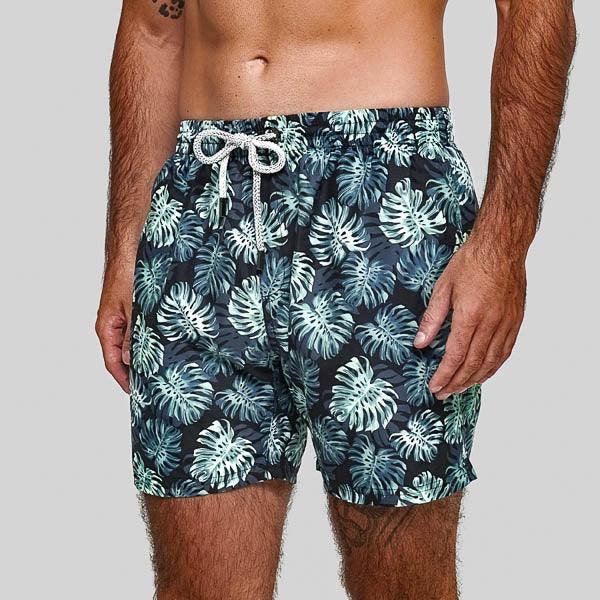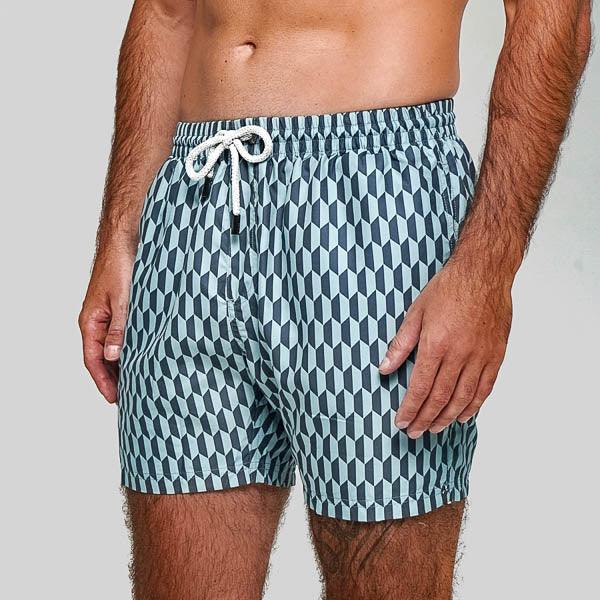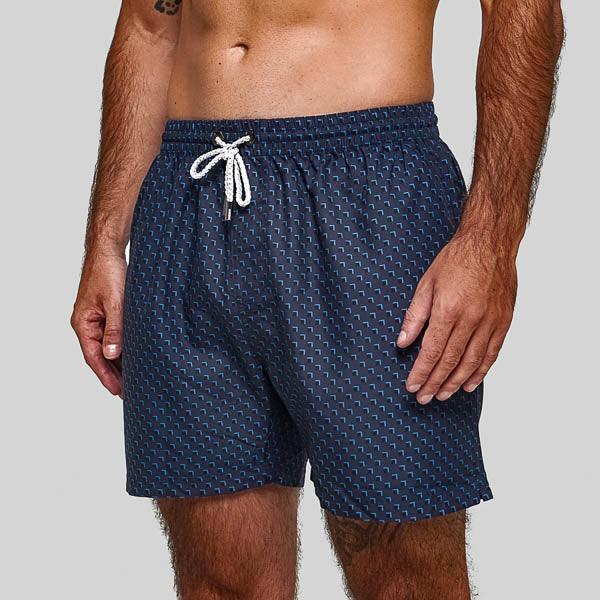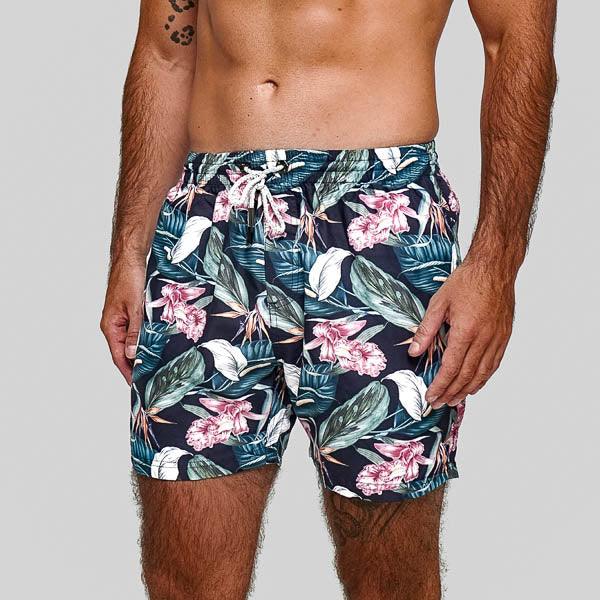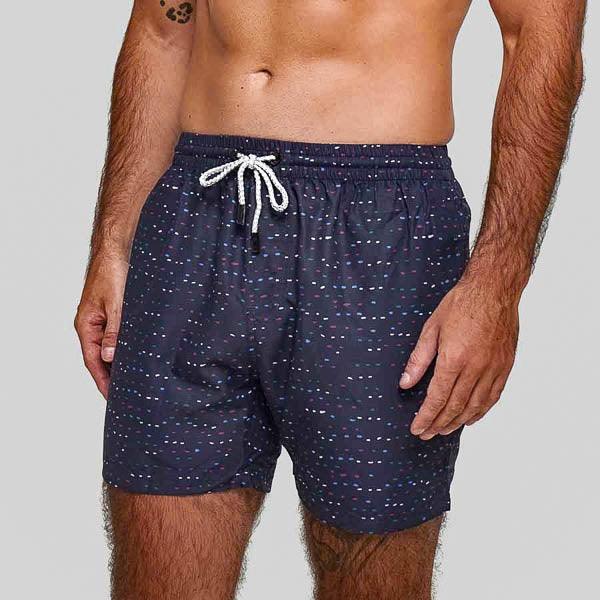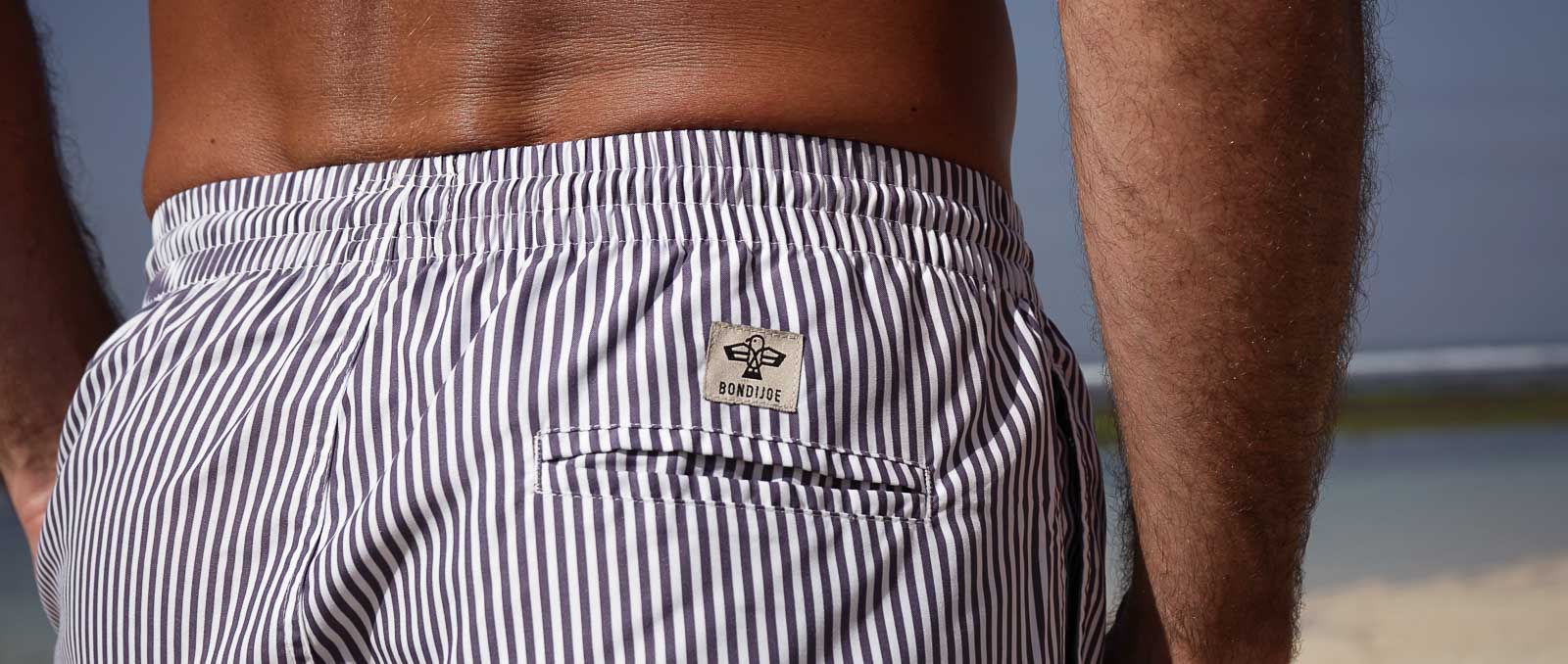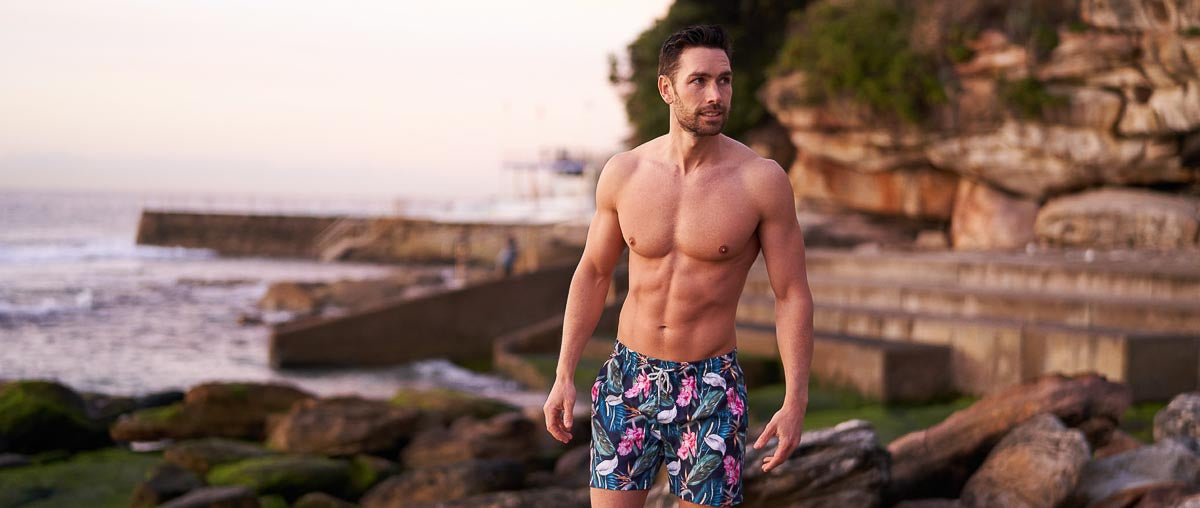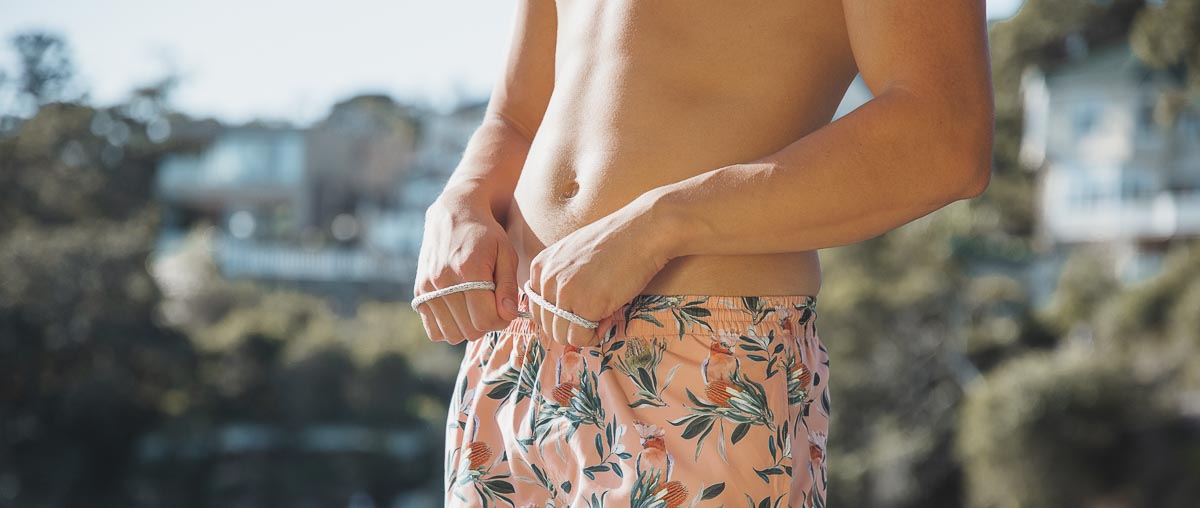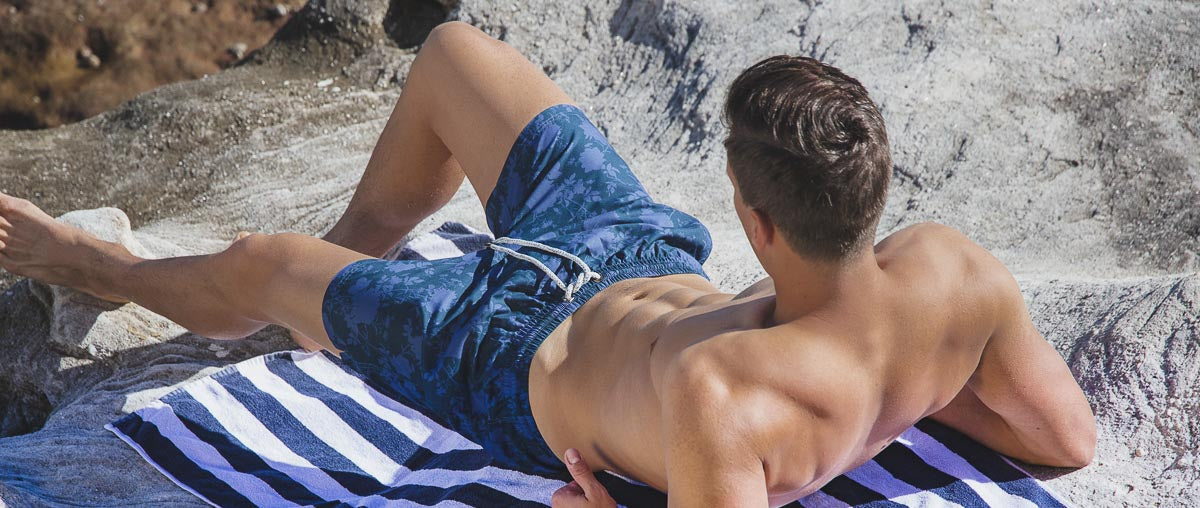Seal Rocks offers exceptional surfing beaches that are well known for their spectacular waves and great swimming. The secluded and sleepy little seaside settlement has a population of only about 150 individuals. For this reason, it is the ideal location for a quiet and peaceful getaway that is practically private.
With a population of just 131 people in the 2006 census, the Seal Rocks suburb is a charming little place where nature has been allowed to flourish over the years. The area is famed for its spectacular, white sandy beaches that are almost free of other visitors, due to the low population density of the city. It’s most prominent man-made feature is its Lighthouse, the Sugarloaf Point Light, which is still active today (although is sadly not open for public viewing inside).
A trip to Seal Rocks is almost akin to a private getaway due to the holiday-focused nature of the suburb. The locals are friendly and welcoming of guests and are proud of their little, tight-knit community. It is a far cry from the hustle and bustle of Sydney—quite literally, with over 275 kilometres between them.
History of Seal Rocks
Before the settlement of the Seal Rocks area by Europeans, the land was the territory of the Worimi tribe of Aboriginals; however, this reign came to an end after the wrecking of the merchant ship, the Rainbow, on the sharp rocks of the area’s landscape. As a result of this tragedy, the Sugarloaf Point Light lighthouse was erected, and it shone its first light out across the panoramic seas in December of 1875.
Despite the Lighthouse’s attempts at preventing further tragedies, another ship in 1895 (the cargo and passenger vessel, the SS Catterthun) was wrecked on the same rocks, with a distressingly significant loss of life; though official figures are unknown, it is estimated that over 50 passengers and crew may have lost their lives that day in the deep blue waters.
Over the following years, the Lighthouse remained the key attraction of the area, and was upgraded thrice; first, it was redesigned to run on acetylene gas and then electricity in 1966. By 1987, it was automated and left as an unmanned tower. Its bright light still illuminates the deep, enchanting waters of the Seal Rocks seas today.
Things to Do In the Area
Without a doubt, the main reason for visiting Seal Rocks is its isolation and the townspeople’s resistance to development, making it an idyllic and isolated tourist destination for people who want to escape the high-paced modern life. Its attractions include its splendid sandy beaches with their gently crashing waves which make for excellent surfing opportunities on your own, almost-exclusive beach, as well as the old Lighthouse which served as a foundation for the town. Your swimming trunks are a must have in your suitcase!
When to Visit?
Seal Rocks is open for visitors all year round, and the warm Australian climate means that it can be enjoyed even in the middle of winter! However, sea spray can be biting and so it is most recommended that you make a trip here in summer, from April through until September.
Seal Rocks can be reached by taking the bus from Taree to Bungwahl Station, after which a further bus will take you into the sleepy village. The traditional dirt track which leads into the settlement has served to deter development and may make driving into the village in your own vehicle a bit treacherous if your car is low to the ground.



